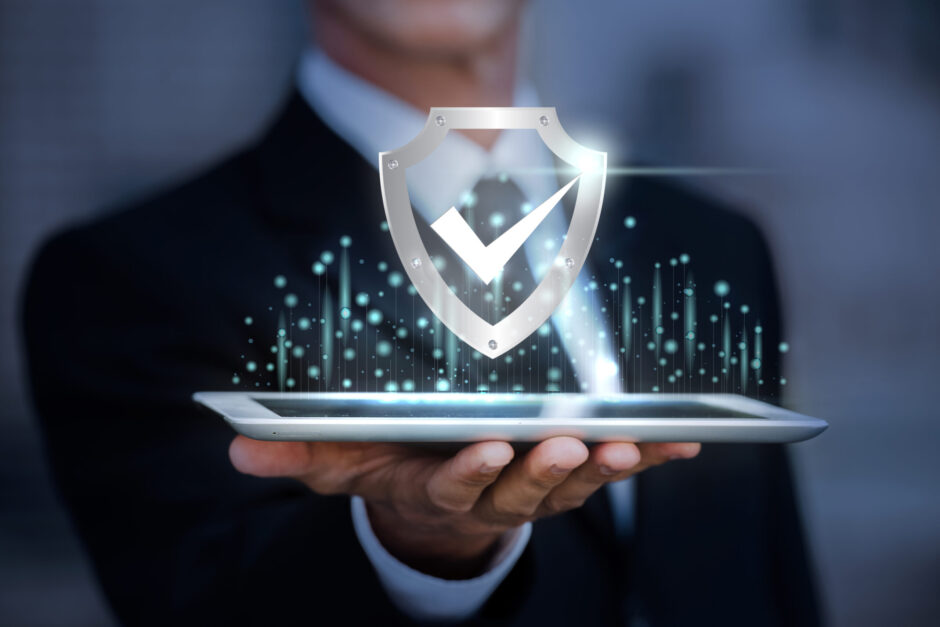Modernization to Elevate IT Resilience: Answering Why & How?
In the ever-evolving realm of technology, businesses face an ever-increasing demand for robust IT systems that can withstand the test of time. As the digital landscape continues to push boundaries and introduce new opportunities, organizations must embrace the transformative force of modernization to elevate their IT resilience.
According to IDC’s Business Value analysis, upgrading servers resulted in an average additional business value of over $100,000 per server. In this blog, we explore the ‘Why’ of Modernizing Systems for IT resilience as well as the ‘How’.
Modernization to Elevate IT Resilience: Answering Why?
IT leaders are under a lot of strain because of the pace of innovation and related worries about cost reduction and security. Accelerated data expansion in the IT environment makes managing, analyzing, and protecting assets more difficult. When security and infrastructure adaptability are bare minimum requirements, upgrading systems becomes crucial for businesses to elevate IT resilience.
Here are the best 5 reasons to consider modernization to elevate your IT resilience.
Enhanced Infrastructure
Upgrading your infrastructure through modernization involves adopting advanced technologies like cloud computing or virtualization. These technologies provide a stronger and more resilient foundation compared to traditional on-premises setups. Cloud platforms, for instance, offer built-in redundancy, automated backups, and disaster recovery capabilities. This ensures that crucial systems and data remain accessible even during disruptions or failures.
Improved Data Protection and Backup
Modernization efforts prioritize efficient and secure data protection and backup solutions. By utilizing modern backup technologies such as incremental backups, snapshots, and data replication, businesses can reduce the chances of data loss and swiftly recover from incidents. Additionally, modernization may involve implementing advanced data encryption and access control mechanisms, bolstering data security, and guarding against unauthorized access or breaches.
Agility and Flexibility
With modern technologies and practices like containerization, microservices, and DevOps methodologies, organizations can build resilient and flexible systems. These modern approaches enable faster deployment, scalability, and easier updates, enabling businesses to respond quickly to disruptions, shifts in demand, and changing market conditions.
Automation and Orchestration
Modernization often involves incorporating automation and orchestration tools into IT operations. By automating routine tasks, businesses can free up IT resources to focus on more strategic initiatives, such as proactive monitoring, incident response, and disaster recovery planning. Orchestration tools enable seamless coordination and management of complex systems and workflows, ensuring resilience and minimizing downtime.
Robust Security Measures
Modernization involves implementing advanced security technologies like multi-factor authentication, intrusion detection systems, and security information, and event management (SIEM) solutions. Additionally, modernization promotes a security-focused mindset, ensuring that security considerations are integrated into every aspect of IT operations.
Business Continuity and Disaster Recovery
By adopting modern technologies and practices, businesses can design resilient architectures, implement backup and recovery strategies, and establish robust failover mechanisms. Modernization may involve leveraging cloud-based disaster recovery solutions or building geographically distributed systems to ensure continuity in the event of a localized or regional disruption.
Modernization to Elevate IT Resilience: Answering How?
Step #1: Evaluate the Current IT Landscape
Begin by assessing your existing IT infrastructure, applications, and processes. Identify areas that are outdated, inefficient, or prone to failure. This evaluation will help you understand the gaps and determine the areas that require modernization.
Step #2: Embrace Cloud Computing
Cloud adoption is a fundamental aspect of modernizing IT for resilience. Leverage cloud services to enhance scalability, flexibility, and reliability. Migrate critical workloads and applications to the cloud to take advantage of features such as high availability, disaster recovery, and on-demand resource allocation.
Step #3: Implement Virtualization and Containerization
Virtualization enables the creation of virtual instances of servers, storage, and network resources, allowing for efficient resource utilization and easy scalability. Containerization, using technologies like Docker and Kubernetes, improves agility by encapsulating applications and their dependencies into lightweight, portable containers. Virtualization and containerization enhance system resilience, as they enable rapid deployment, isolation of resources, and fault tolerance.
Step #5: Adopt DevOps Practices
Modernizing IT also involves embracing DevOps methodologies to enhance collaboration between development and operations teams. DevOps practices, such as continuous integration, continuous delivery, and automated testing, promote faster software development cycles, improved quality control, and streamlined deployment processes. This agility and automation contribute to business resilience by enabling rapid responses to changes and reducing downtime.
Step #6: Enable Data Resilience and Backup Strategies
Data is a critical asset for any organization. Implement comprehensive data backup and recovery strategies to ensure data resilience. Leverage automated backup solutions, real-time replication, and off-site data storage to protect against data loss due to hardware failures, disasters, or security breaches. Regularly test and verify data backups to ensure their integrity and reliability.
Step #7: Monitor and Analyze
Implement robust monitoring and analytics solutions to gain real-time insights into the performance, availability, and security of your IT systems. Proactive monitoring helps identify and address issues before they become major problems, minimizing downtime and optimizing system performance. Leverage advanced analytics to identify patterns, trends, and anomalies that can help predict and prevent potential disruptions.
Step #8: Foster a Culture of Resilience
IT modernization efforts should be accompanied by a cultural shift that emphasizes resilience, adaptability, and continuous improvement. Encourage employees to embrace change, adopt new technologies, and prioritize proactive measures to ensure system resilience. Invest in training and development programs to upskill IT staff and promote a resilient mindset throughout the organization.
Upgrade your business’s IT resilience with iLink Digital.
iLink is a renowned leader in difficult, enterprise-scale change with more than 20 years of IT service experience. At every level, we assist businesses in lowering modernization expenses and risks while boosting agility.
Our enterprise technology stack, which consists of an all-inclusive range of technology services, tools, and capabilities, serves as the foundation for iLink’s IT modernization solutions. Our team consists of skilled engineers, designers, and project managers with extensive experience in developing digital stories that alter the course of events.



